From world wonders, to waterfalls, to beaches you won’t believe are real, we’ve compiled 25 of the coolest, most unique, most breathtaking places to add to your tavel bucket list.
1. Antelope Canyon, Arizona, United States
Situated on Navajo land, east of Page, Arizona, is Antelope Canyon. Popular with photographers and sightseers, the canyons are worth checking out between March and October when beams of sunlight radiate down from above.
Photo by Justin Roy
2. Sagano Bamboo Forest, Kyoto, Japan
Located in the Arashiyama district of western Kyoto, the Sagano Bamboo Forest is known for the towering green stalks, rustling in the wind. It’s open 24/7, so check it out early on a weekday morning to avoid the tourist rush.
Photo by Greg Shield
3. Bora Bora, French Polynesia
Bora Bora is one we’re sure you’ve heard of before! Popular for weddings and honeymoons, this 12 square mile island is known for Instagram worthy bungalows perched on stilts right on the water. The turquoise lagoon and coral reef also make it perfect for scuba diving and snorkelling.
Photo by Cosmic Timetraveler
4. Brooklyn Bridge, New York
Want to keep it domestic? New York’s Brooklyn Bridge was designated a National Historic Landmark in 1964, and offers fantastic views of Brooklyn and lower Manhattan. If you’re a New Yorker, why not sign up for a language course while you’re at it?
Photo by Brandon Day
5. Colosseum, Rome, Italy
Standing in the center of Rome, this oval amphitheatre is the largest ever built. Made from concrete and sand in 70-80 CE, the Colosseum stands as a reminder of the iconic power of the Imperial Roman empire. There’s no doubt Rome belongs on any traveler’s bucket list. Want to speak like show off you Italian skills on your next trip to Italy? Learn Italian before you leave.
Photo by Alex Blăjan
6. Dead Sea, Israel
Sitting on the borders of Israel, Jordan and Palestine, the Dead Sea’s banks are more than 1,400 feet below sea level. The lake is known for having a salt content almost 10 times higher than the ocean! In fact, the name ‘Dead Sea’ comes from this high level of salinity, which has made for a harsh environment for plants and animals. Fortunately for us humans, this also makes it incredibly easy to float in the water. This might be why the Dead Sea is considered one of the world’s first health resorts! Catch your fancy? Israel’s two national languages are Hebrew and Arabic – you can learn both with Fluent City.
Photo by Dave Herring
7. Neuschwanstein Castle, Bavaria, Germany
Commissioned in 1869 by Ludwig II, King of Bavaria, this castle has been featured in many movies, and was even the inspiration for the castle in Disney’s Sleeping Beauty! Designed to look like something from the Middle Ages, with its iconic white turrets, it’s easy to see why many refer to Neuschwanstein as the ‘Fairytale Castle’.
Photo by Mathias Konrath
8. Eiffel Tower, Paris, France
This iconic tower was originally designed by Gustave Eiffel in 1889. Now the most visited paid monument in the world, the tower receives over 7 million visitors a year – and you can understand why! If you’re feeling energetic, we recommend saving a few euros (and an hour or two in line) and taking the stairs. Want to live la vie en rose? Learn to speak French before you head to the city of lights.
Photo by Jad Limcaco
9. The Sphinx and Pyramids, Giza complex, Egypt
The last remaining of the Seven Wonders of the Ancient World, the Great Pyramid of Giza should be on all travelers’ bucket lists. However it’s not the only thing worth seeing in the area! The Giza complex is also home to two smaller pyramid complexes, as well as three ‘queen’ pyramids, and the infamous Sphinx statue – one of the oldest and largest statues in the world! The official language in Egypt is Arabic, so why not learn the basics before you go?
Photo by Spencer Davis
10. Grand Prismatic Hot Spring, Yellowstone, Wyoming
Now for somewhere a little less familiar... Is this hot spring on your bucket list? The Grand Prismatic Hot Spring in Yellowstone National Park is the largest in the United States, and the third largest in the world! It’s known for the spectacular rainbow of colors caused by microbial mats living near the shores.
Photo by Ashley Knedler
11. Great Barrier Reef, Queensland, Australia
A UNESCO World Heritage site since 1981, the Great Barrier Reef at the top of Australia is the world’s largest living thing. Composed of over 2,900 reefs, 900 islands and stretching for over 1,400 miles, the Great Barrier Reef is so large, it’s even visible from space! Why should it be on your list? It’s known for some of the best diving in the world.
Photo by Nathalie Hurova
12. Great Wall of China, China
Stretching 13,171 miles from east to west, this infamous series of walls was originally built to protect China’s northern border. Today it remains one of the most well known places in the world, and definitely worth checking out! Want to make sure you’re getting the most out of your trip to China? Learn basic Chinese before you go.
Photo by Hanson Lu
13. Iguazu Falls, Argentina
Forming the border between Brazil and Argentina is the Iguazu river, featuring the impressive falls – which stretch for 1.4 miles! The river sits in between two national parks, both of which have been listed as UNESCO world heritage sites. This preservation means that the surrounding rainforest is teeming with wildlife, so your trip to Iguazu is likely to include seeing toucans and jaguars! This waterfall’s impressive size might be why the late First Lady Eleanor Roosevelt once said “poor Niagara”, upon first seeing the Iguazu Falls. At twice as tall, and nearly three times as wide as the better known Niagara Falls, it’s a sight to behold. Still not convinced? CNN Traveller says “Iguazu Falls instantly turns even jaded travelers into a raving fan.”
No matter which side of the border you plan on visiting, why not brush up on the official languages of Argentina? Pick up some Portuguese, or practice your Spanish.
Photo by Julia Caesar
14. Leshan Giant Buddha, China
Located in the southern end of the Sichuan province of China, the Leshan Giant Buddha is the largest and tallest stone Buddha statue in the world,and by far the tallest pre-modern statue in the world. Completed in 803 AD, the towering statue depicts Maitreya, an important future buddha. The statue is particularly impressive as a series of sophisticated drainage pipes built inside the stone body have helped carry away rain water, helping to reduce natural weathering over the years. Ready to immerse yourself in Chinese culture? Fluent City is here to help you learn some basic Mandarin before you leave.
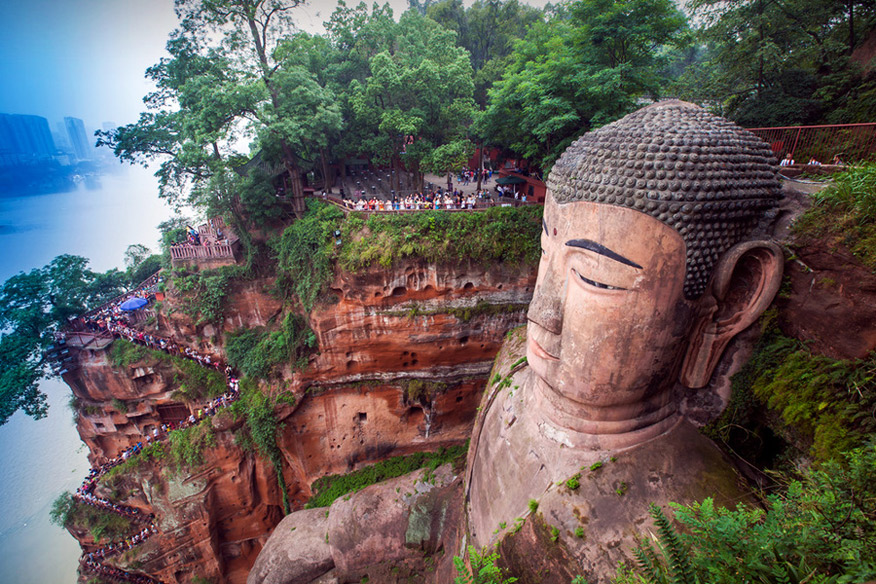
Photo from China Discovery
15. Machu Picchu, Peru
Built at the meeting point of the Peruvian Andes and the Amazon Basin, Machu Picchu is one of the most popular tourist attractions in Latin America, and the most popular in Peru. This UNESCO World Heritage site should be on your list because along with being a fantastic hiking destination, it’s also the most significant tangible legacy of the Inca civilization. But beware! Machu Picchu sits at 7,972 feet above sea level, so tourists frequently complain of altitude sickness.
Photo by Tomas Sobek
16. Pamukkale, Turkey
Pamukkale, or “Cotton Castle” in Turkish, is famous for the travertine terraces, and warm, calcium rich pools. What makes this UNESCO World Heritage site extra special though is that it’s also home to the remarkably well-preserved ruins of the Greek-Roman city of Hierapolis. This combination of natural and man-made wonders is why the site is now Turkey’s most popular tourist destination.
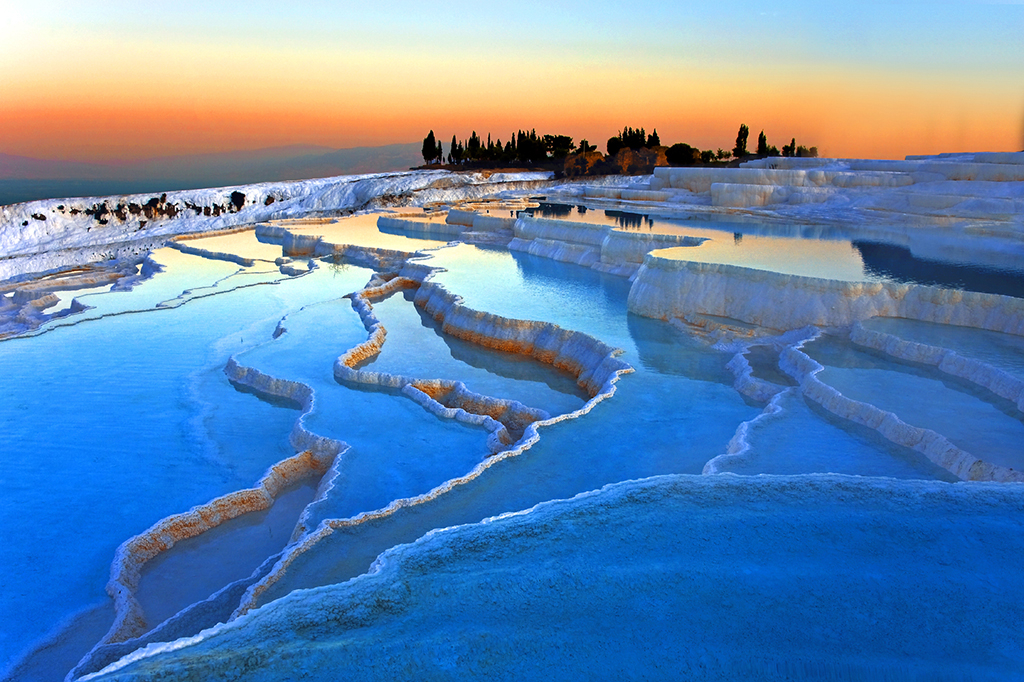
Photo from Mithra Travel
17. Pompeii, Italy
This ancient Roman town-city near modern day Naples has been called “Europe’s most compelling archaeological site.” What makes Pompeii impressive is Mount Vesuvius’ eruption in 79 AD, which destroyed and buried the city and surrounding area under 13 to 20 foot of volcanic ash and pumice. The eruption killed the inhabitants, yet because of the lack of air and moisture under the layer of ash much has been preserved. In fact after more than a millennium, archaeologists have been able to use plaster to see the exact position a person was in when they died.
Photo by Andy Holmes
18. Positano, Italy
Looking for something a little more modern than ancient Pompeii? Just an hour south is the beautiful old fishing village of Positano. Considered the most photogenic portion of the Amalfi Coast, the town is known for the colorful houses sloping down the mountainside, and the beautiful beaches only accessible by water taxi. Why should you visit? The food is great, and your Instagram feed will thank you.
Photo by Ricardo Gomez Angel
19. Salar de Uyuni, Bolivia
Considered one of the most extreme and remarkable vistas in all of South America, photographers and explorers alike will love Salar de Uyuni. Stretching more than 4,050 square miles of the Altiplano, it is the world’s largest salt flat, left behind by prehistoric lakes evaporated long ago. Salar de Uyuni is also almost entirely flat, making it perfect for photos that play with perspective (just like this one by Fluent City student Andrea Dyes!). The best way to visit the salt lake is by tour from Uyuni village. Most of these will also take you to deserts, volcanoes, geysers, hot springs, and high-altitude lakes to the south, making for a really well-rounded trip!

Photo from Chelsie Kumar
20. Santorini Island, Greece
Santorini is the largest, and most well known of the Cyclades islands. This picturesque island is known for the whitewashed buildings, beautiful sunsets, and mouthwatering food. If you’re planning on heading over, a boat tour is a must. Your guide will take you to all the most famous beaches, with stops for snorkelling and a dip in the hot springs. Santorini is also a great destination for hiking and wine tours. You can see why this island is so popular for weddings and honeymoons, that’s for sure!
Photo by Tom Grimbert (@tomgrimbert)
21. Hot air ballooning in Goreme, Cappadocia, Turkey
Here’s a place you’ve probably seen photos of, but might not know the name yet! Goreme is a small town in the province of Cappadocia made famous for the hot air balloons which take to the skies. Balloon tours start at sunrise each day and go all year round, but peak season is between May and September. Surrounded by the ‘fairy chimney’ formations, many of the restaurants and hotels in Goreme are built into caves in the rock faces, so it’s possible to sleep inside a rock room!
Photo by Daniela Cuevas
22. Stonehenge, England
This prehistoric monument consists of a ring of 13 foot tall stones, each weighing around 25 tons. This UNESCO World Heritage site is particularly impressive because it’s believed to have been constructed before the invention of the wheel – leaving archaeologists to wonder exactly how such large stones could have been positioned this way. One of the UK’s most famous landmarks, if you haven’t been already, this one is definitely worthy of your bucket list!
Photo by Frank Chou
23. Taj Mahal, Agra, India
The infamous Taj Mahal is an ivory-white mausoleum on the banks of the Yamuna river. Commissioned in 1632 and built over more than 20 years, it’s one of the most outstanding examples of Mughal architecture, which combined Indian, Persian and Islamic influences. A country rich in both culture and food, it’s worth visiting more than just the Taj Mahal, but this breathtaking UNESCO World Heritage site is definitely worth seeing with your own eyes.
Photo by David Rodrigo
24. Lake Baikal, Russia
This rift lake in southern Siberia contains 22-23% of the world’s surface water. It is also the oldest and deepest lake, and one of the clearest to boot! Subzero temperatures in February and March freeze the lake over making it traversable by skates, dog sleds and even Jeeps. The ice (which can become up to 4.6 feet thick), displays different patterns and shapes depending on the time and temperature at which it froze—creating an awe inspiring sight for tourists and photographers alike.
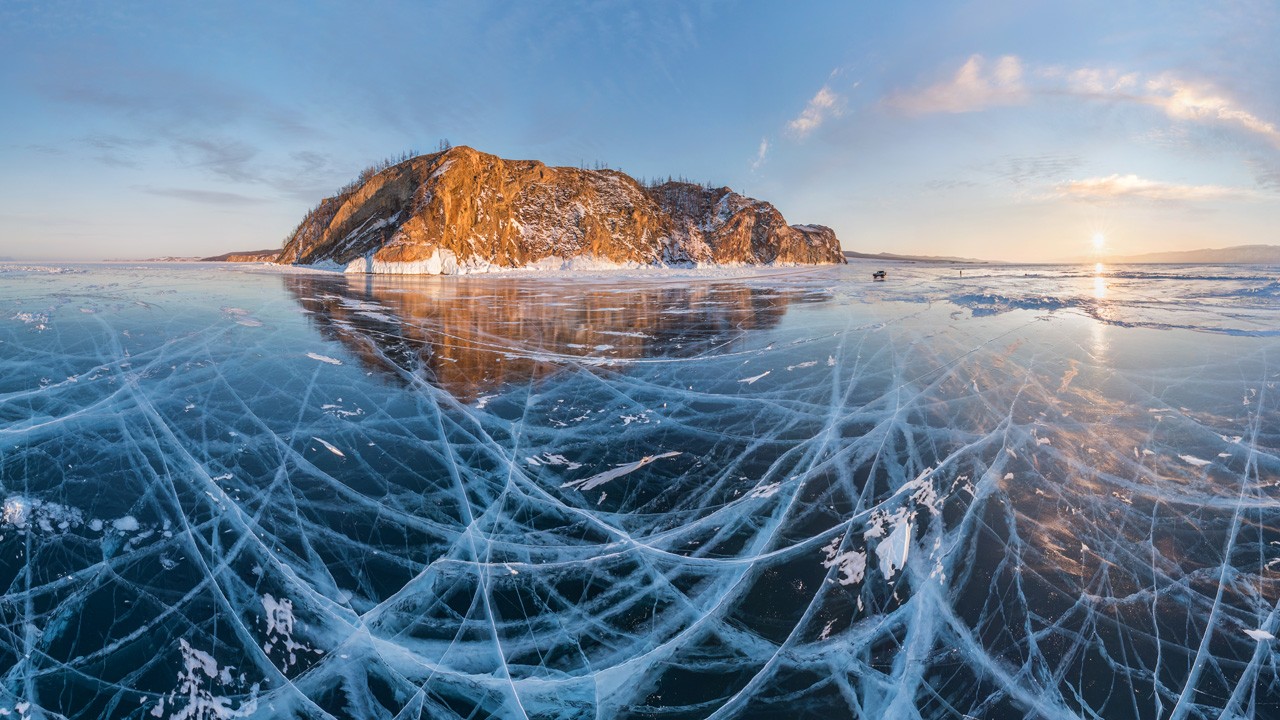
Photo from Air Pano
25. Lavender fields in Sault, Provence, France
Between mid June and early August each year, Provence is taken over by fields of blooming lavender. Whilst the purple and blue hued flowers are grown in many parts of the world, Provence has become the most well known. Come for the sights and smells of the lavender, stay for the cobbled streets and sizzling coastline, and the fantastic French food. The quaint village of Sault is home to the main distilleries, so we recommend staying there for the full experience.
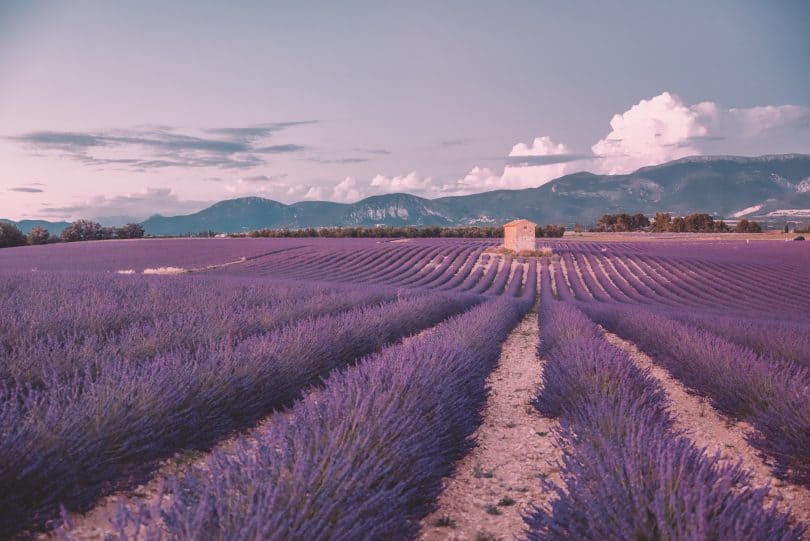
Photo from Le Long Weekend
Bitten by the travel bug? Learning some of the local lingo before you leave is always a good idea!
From the basics to advanced understanding, Fluent City has you covered. Check out our courses in Spanish, French, Italian, Portuguese and more!
What must-see place did we miss in our list? Let us know in the comments below!

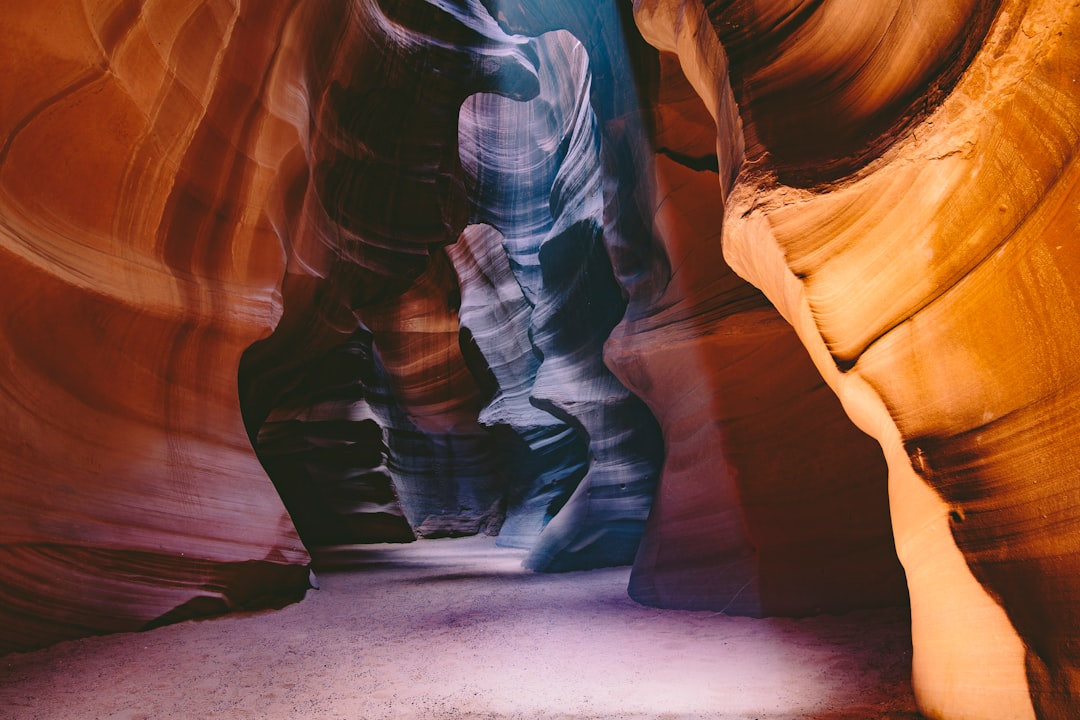
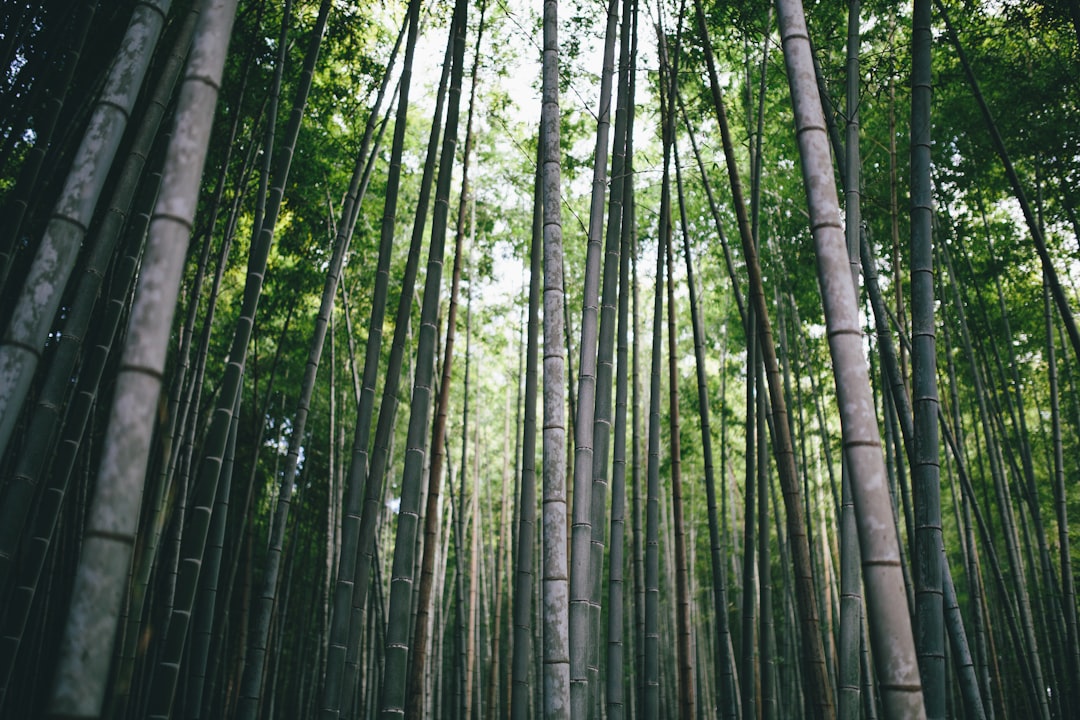

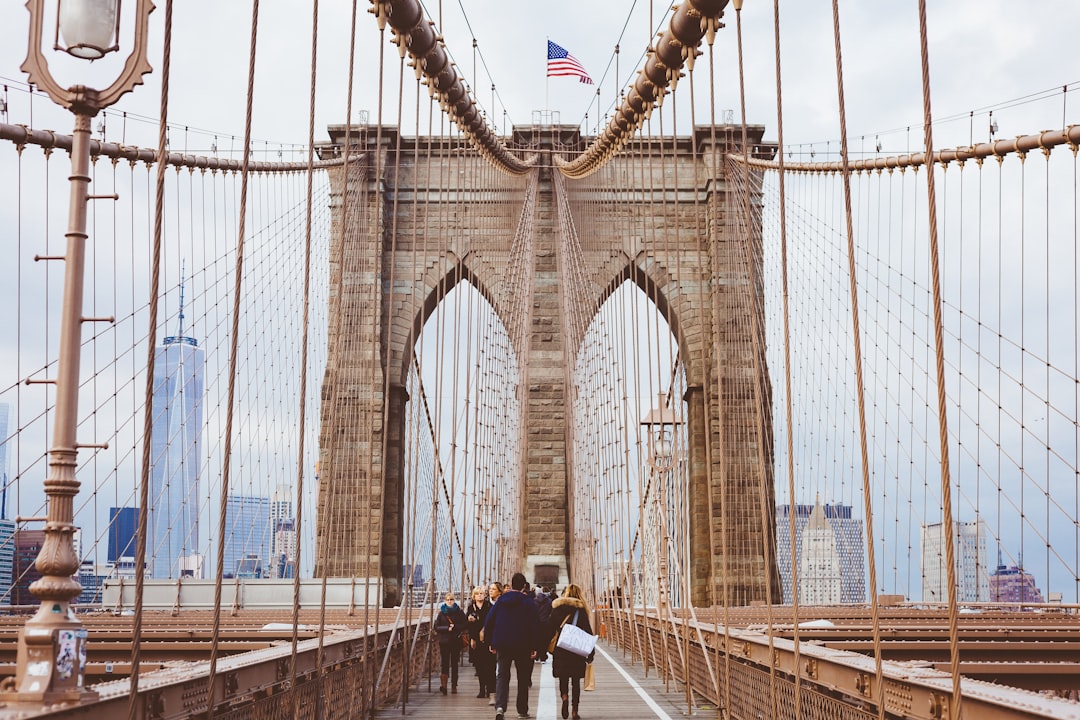
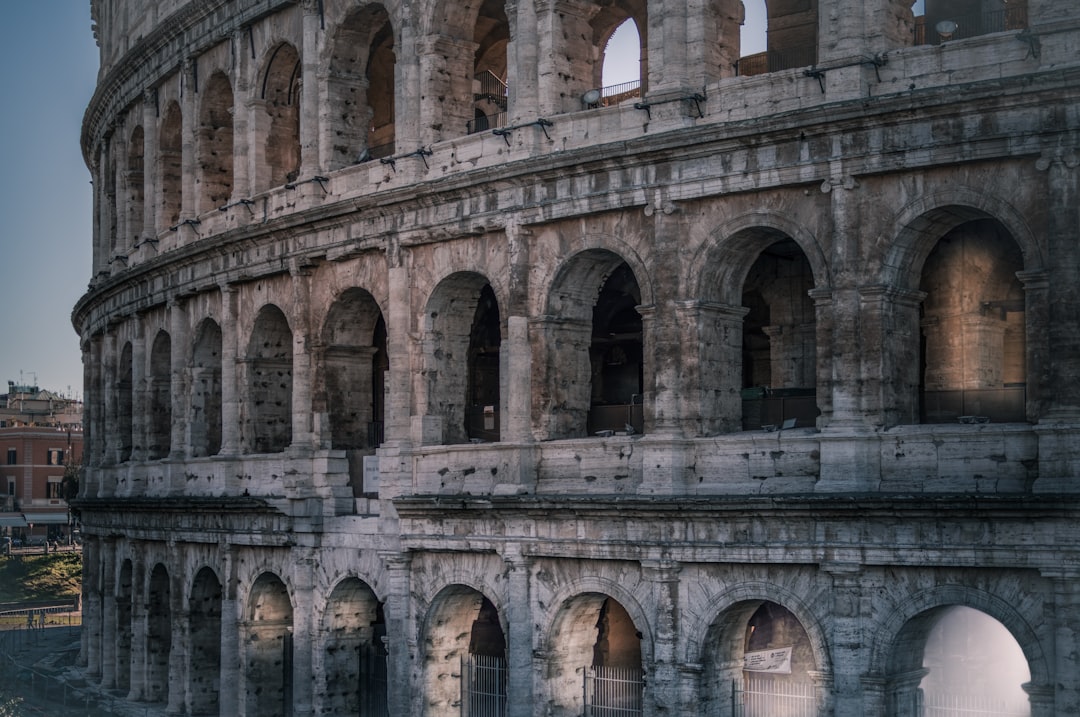

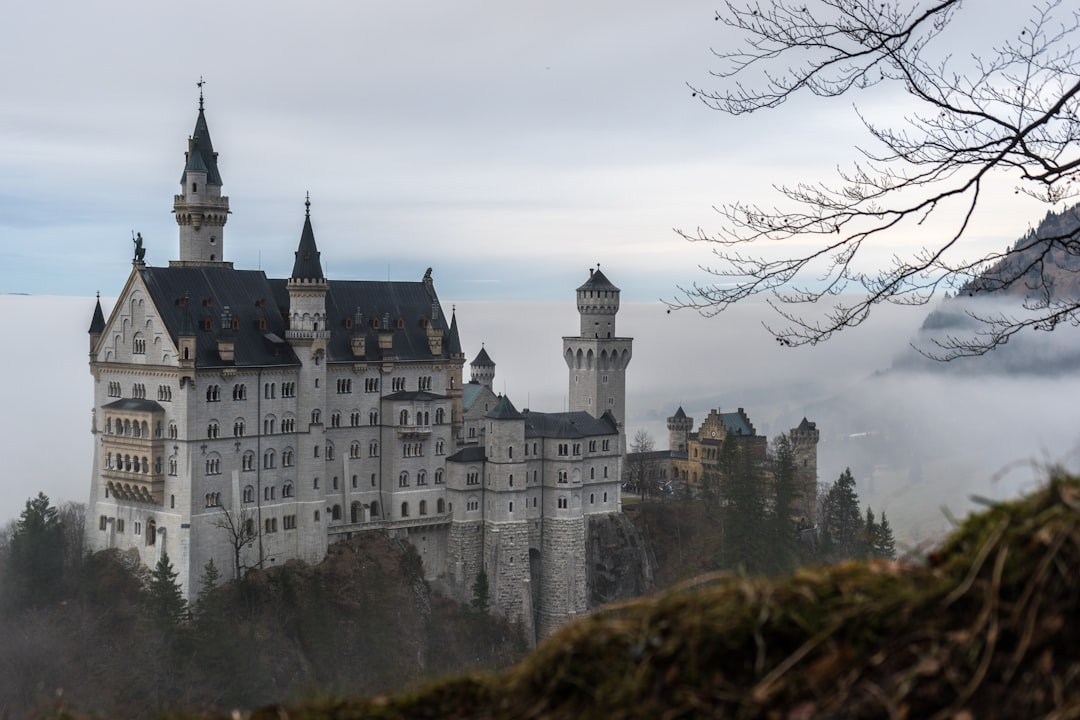
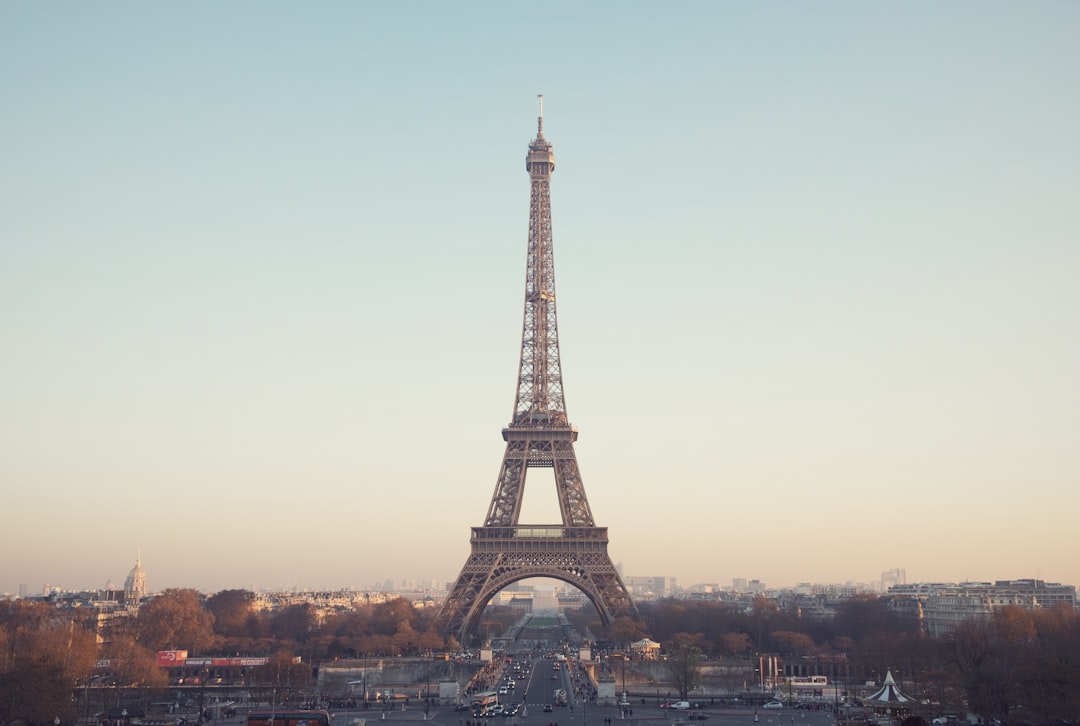

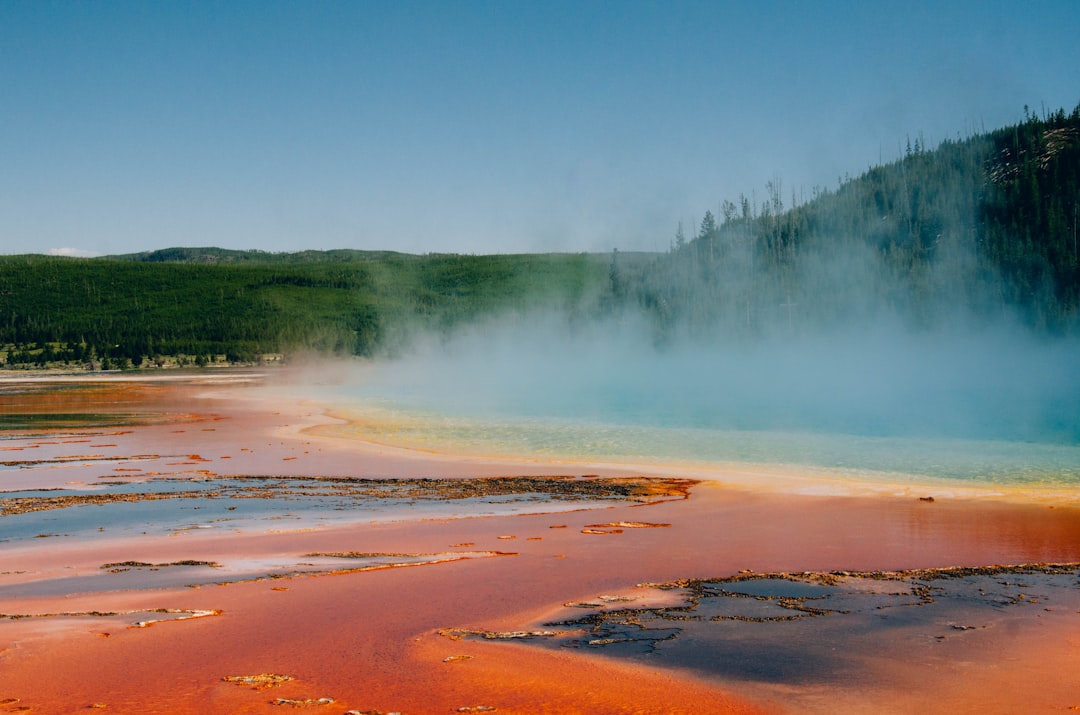



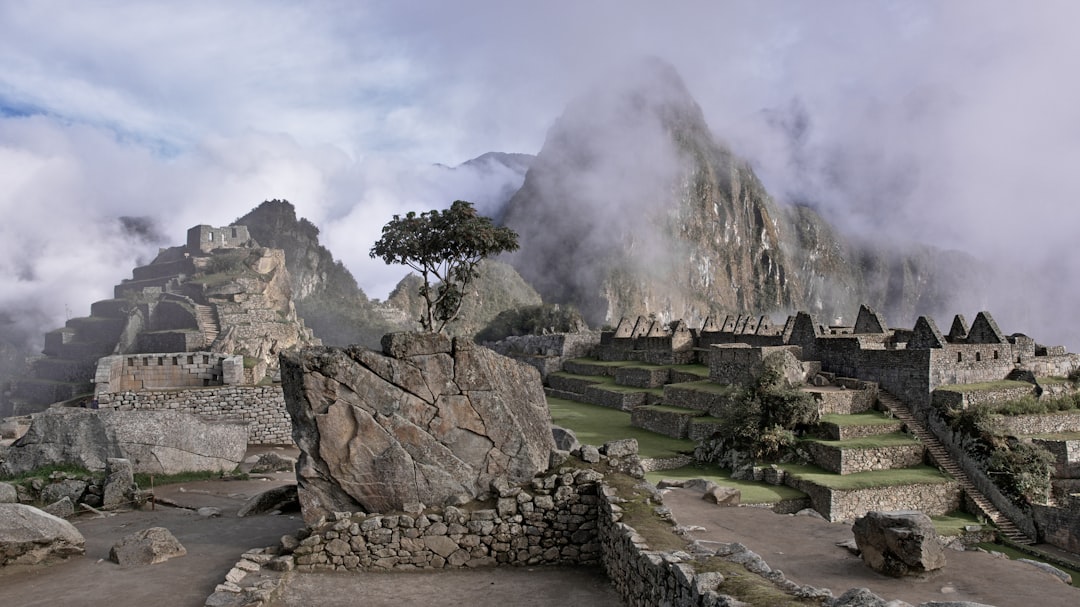
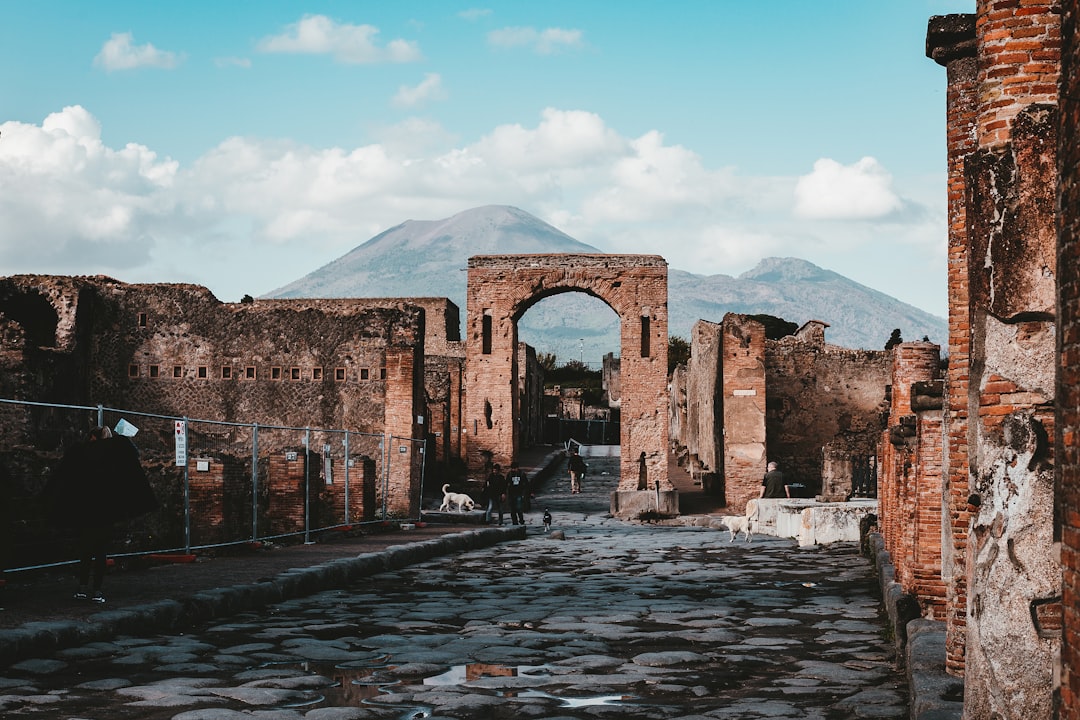
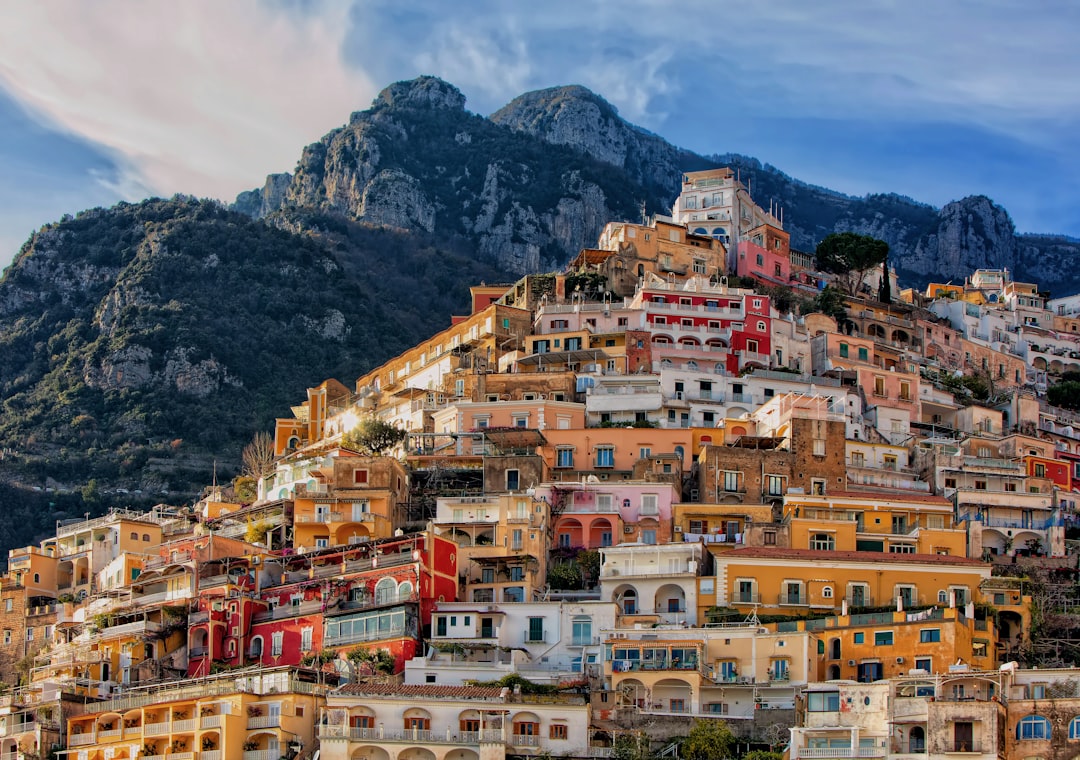
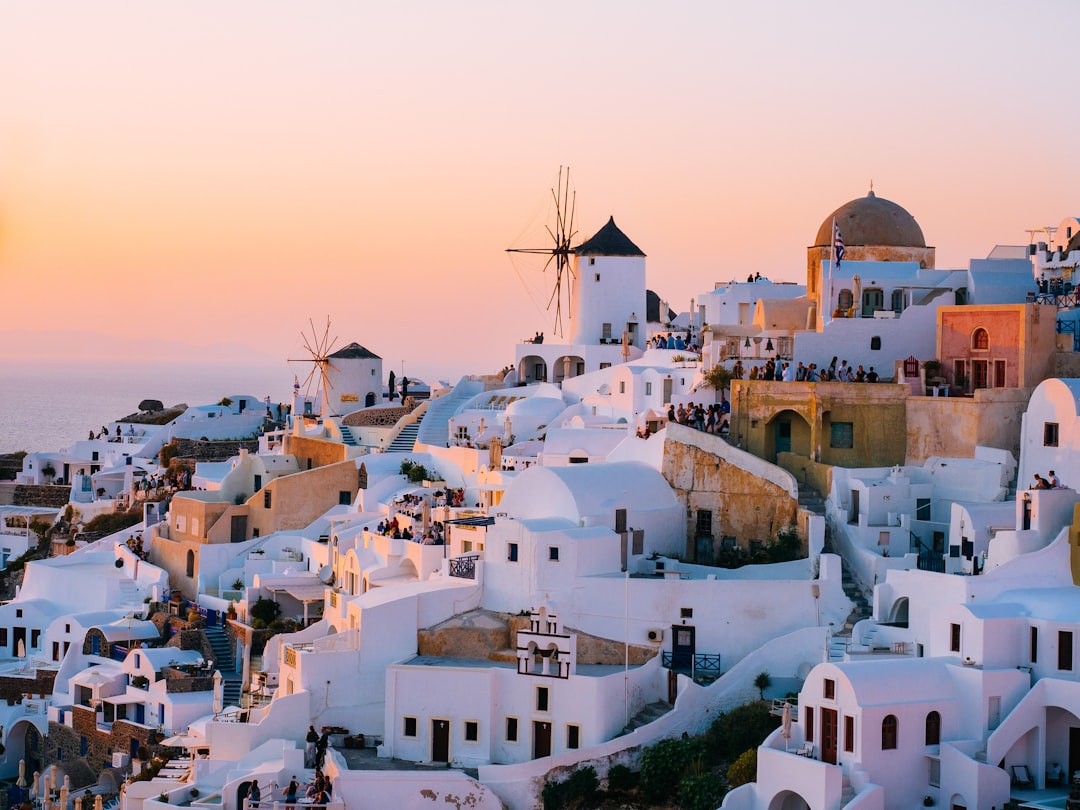
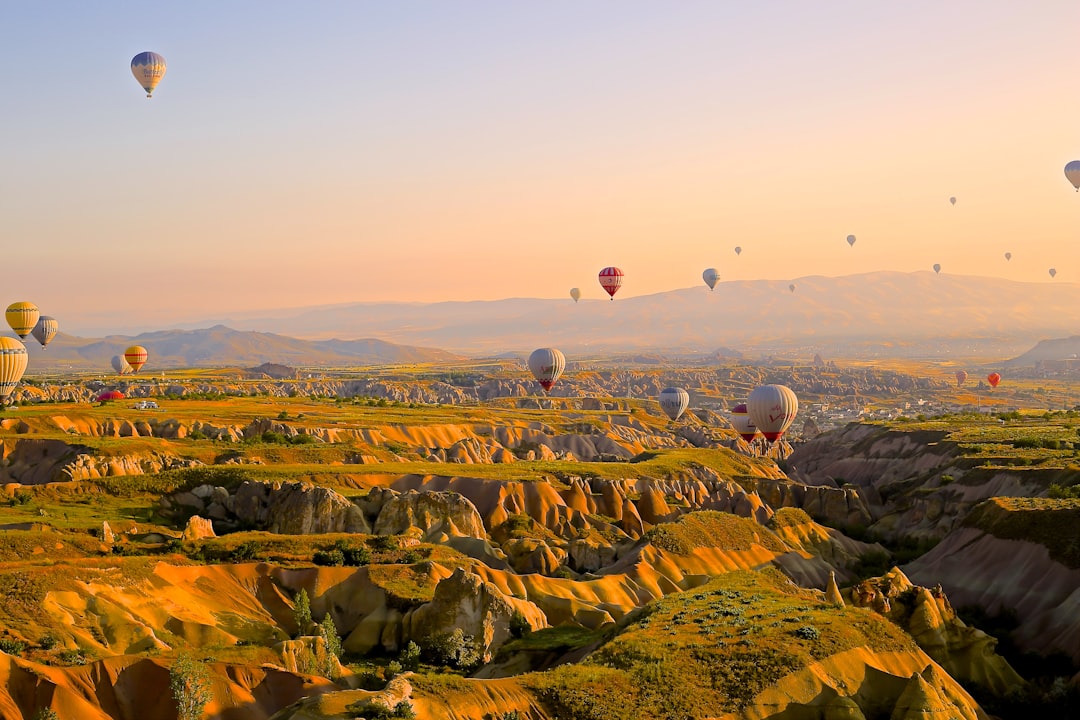
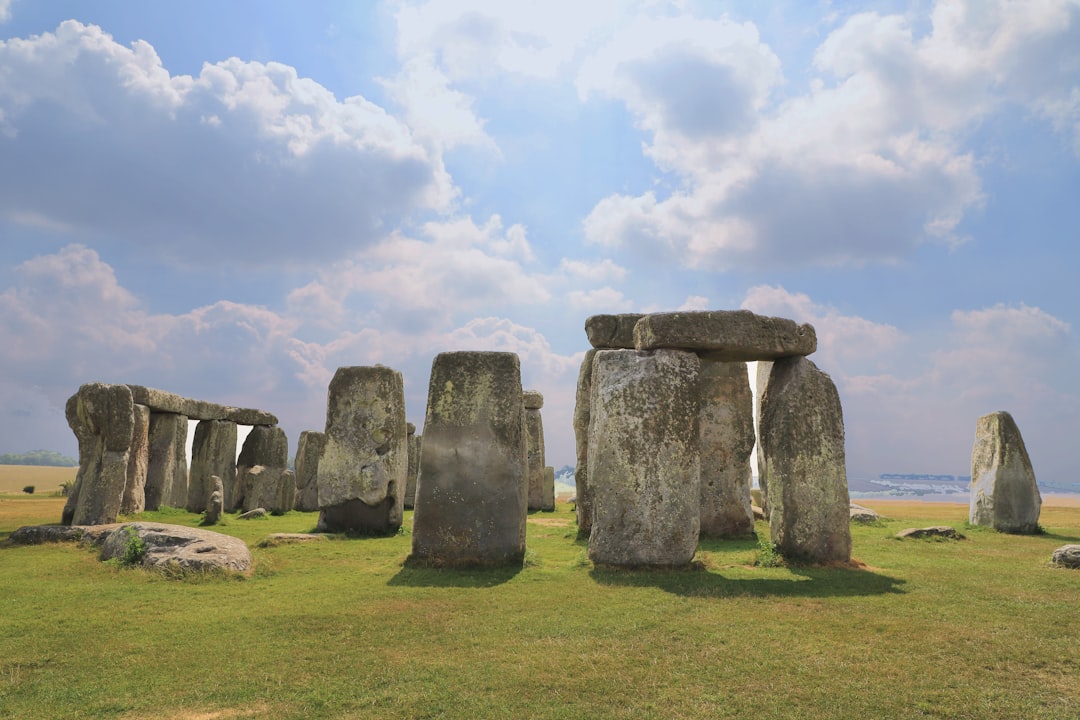
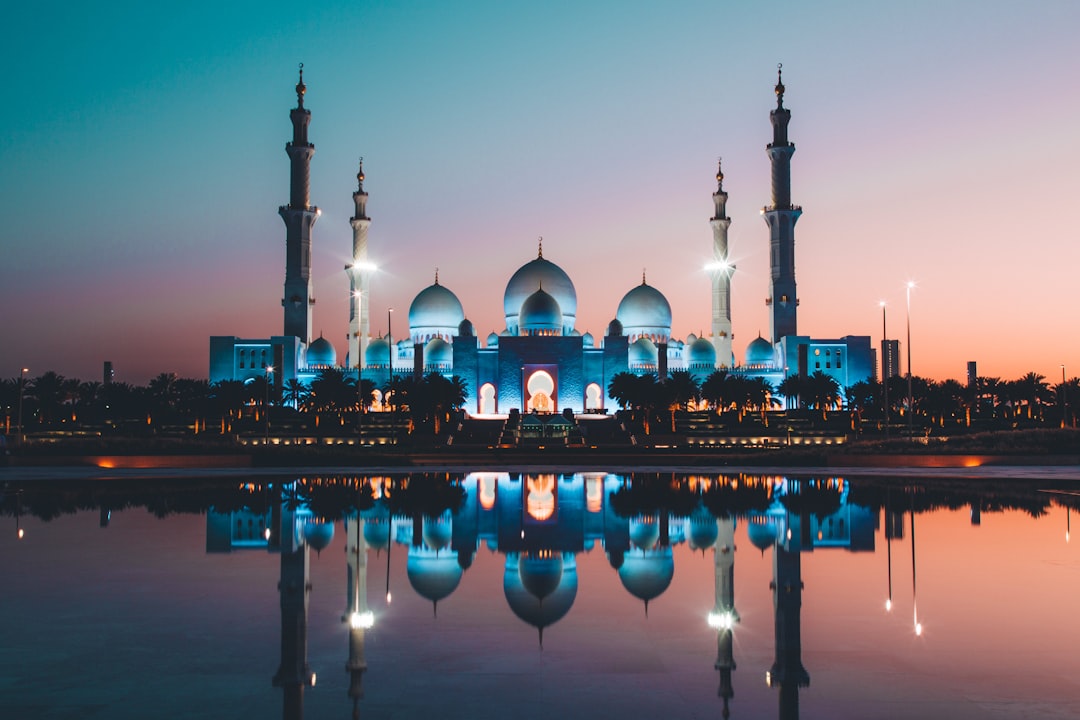

 Spanish
Spanish
 French
French
 Italian
Italian
 Arabic
Arabic
 Portuguese
Portuguese
 German
German
 Chinese
Chinese
 Japanese
Japanese
 Russian
Russian